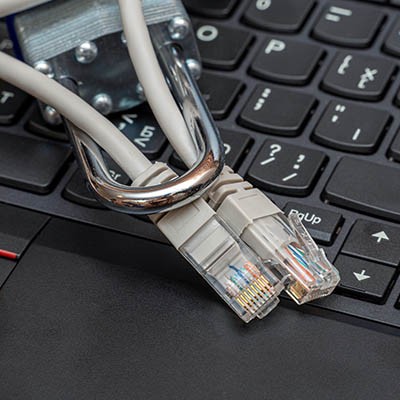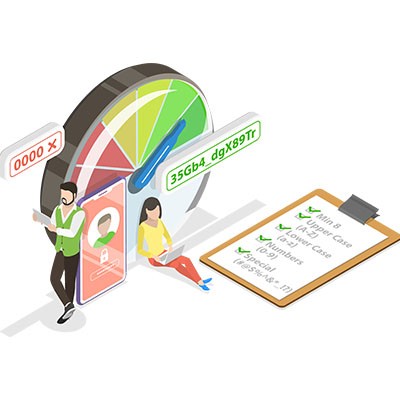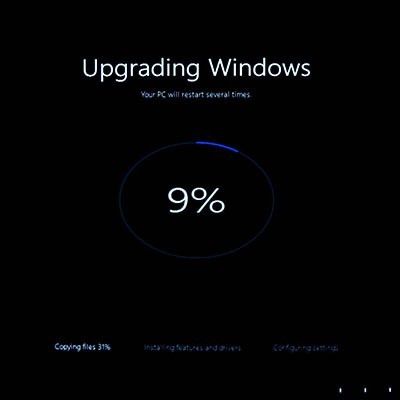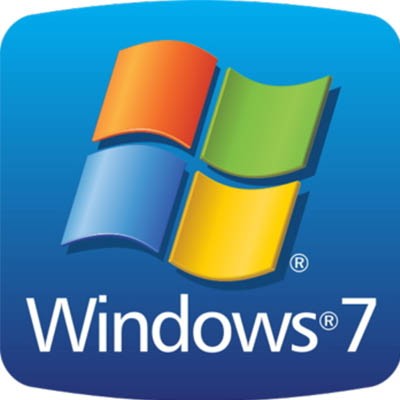How much your business should spend on cybersecurity largely depends on a variety of factors, and you cannot lump yourself in with just any other business. The same IT budget will go to different lengths for different businesses. Your typical small business, for example, will not need the same level of security as a serious mega-corporation. But this doesn’t diminish the importance of cybersecurity spending; we’ll tell you why.
About Business Solutions & Software Group
Business Solutions & Software Group has been serving the South Florida area since 1997, providing IT Support such as technical helpdesk support, computer support and consulting to small and medium-sized businesses. Our experience has allowed us to build and develop the infrastructure needed to keep our prices affordable and our clients up and running.
Recent News
Contact Us
10211 W Sample Road Suite 114
Coral Springs, Florida 33065
Mon to Fri 9:00am to 6:00pm




















